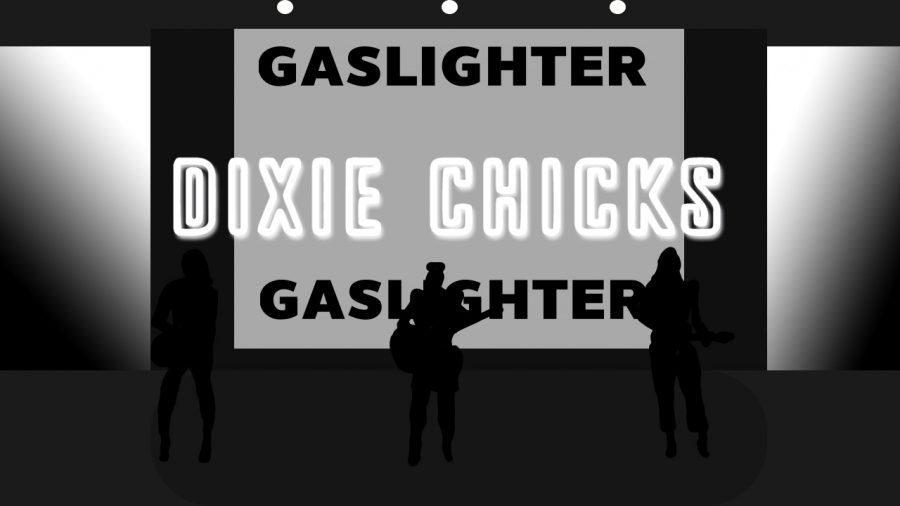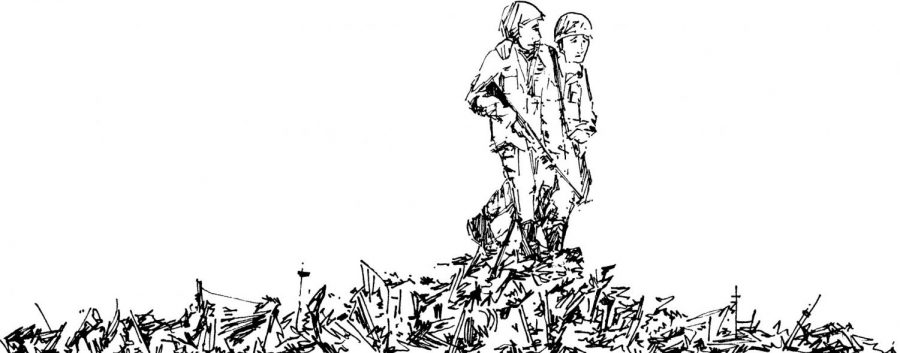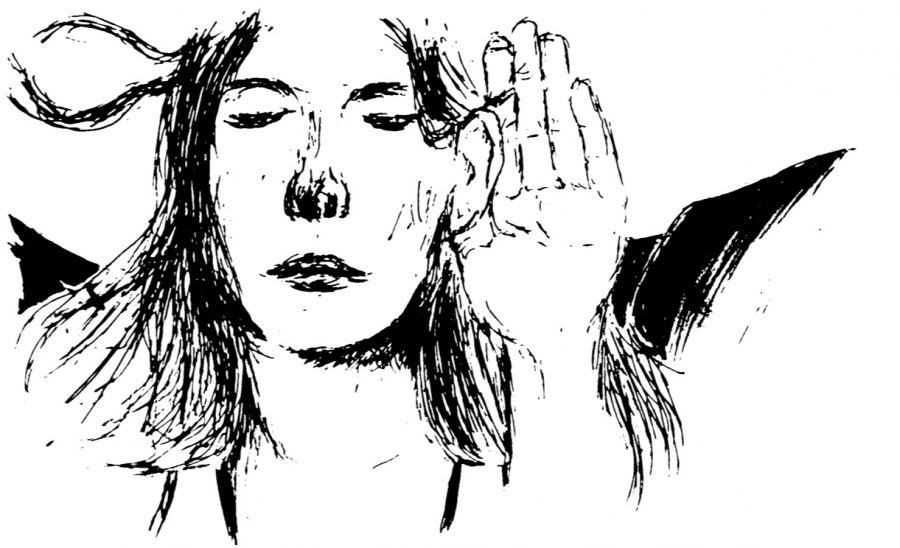
Mystery, murder and intrigue make “The Woman in the Window” a classic film noir. Directed by Fritz Lang (“M”, “Metropolis”), the film stars Edward Robinson as the stuffy, reserved Professor Richard Wanley who escapes the monotony of his family life after meeting the beautiful woman Alice Reed played by Joan Bennet. Wanley, who initially can only dream of encountering a woman like Reed, gets the rare chance to realize his fantasy when he stumbles upon her in person.
The positive associations of such a relationship end after their initial encounter. An attempt at an affair quickly goes from bad to worse, as the professor becomes involved in the murder of Reed’s boyfriend, a wealthy count. Though his role in the crime was the result of self-defense from a jealous man, his guilt is undeniable. The film deals with a relationship based on mutual fear, as Wanley and Reed find solace in their shared guilt while fending off police and blackmailers.
Like any classic noir, it is difficult to sympathize with the characters, as they all possess equally negative qualities in a dark and seedy world. The director conveys the overall negative and sinister qualities of the character’s world through his use of contrast between light and dark in the film.
This use of classic cinematography techniques allows for character’s faces and features to convey emotions. Scenes where character’s guilty faces are illuminated as the blackness around them slowly fades in elevate the film from a simple mystery to one that asks the viewer to leave all conceptions of “simple” behind.
The film relies on the camera angles and lighting to do the work because the acting is often slightly forced and over-dramatized. While some would say the gravity of the character’s situations calls for the somewhat over-the-top performances, I felt that this aspect detracted from the beautiful scenes.
The ending can and will make or break this movie for the majority of viewers. While the film ends on a rather clichéd note, one must remember that it might have been an innovative ending at the film’s original screening in 1944. The originality of the film for its time period, which must be kept at the forefront of the viewer’s mind, makes “The Woman in the Windows” worth watching.
I would recommend this film to those who like older film noirs. As an added bonus, enjoy counting the number of times the camera films Alice through a window.







